 Okay, so that isn't exactly what Emerson said, but the best mousetrap is a cat, so let's talk about mailboxes.
Okay, so that isn't exactly what Emerson said, but the best mousetrap is a cat, so let's talk about mailboxes.
We live out in the country, where mailboxes are usually perched atop a post, at a height specified by the United States Post Office and mail is delivered to the box by a rural carrier. This system of mail delivery works quite well...most of the time.
There are those other times when, through no fault of the rural carrier, mail delivery becomes difficult or impossible, due to the mailbox being damaged or destroyed by a passing car or more commonly, the snow plow. It's somewhat understandable that these things happen, since mailboxes, by virtue of their required placement, aren't all that far off the road. Worst case scenario: the mailbox and post get hit and the post is broken off.
So what's a person to do?
Recently, our niece graduated from high school and her family held a party in her honor. We have a large family on my husband's side (he's one of ten children) and get-togethers such as these are a lot of fun. Some family members don't live close-by, so sometimes we get to see the out-of-towners that we haven't seen in awhile.
Romie's next-oldest sister and her husband are among those that no longer live near us, so we were glad to see that they were at the party. When we pulled in, our brother-in-law was demonstrating a mailbox that he'd invented. He's got a patent (pending) for it and as I watched and listened to him conduct his show-and-tell, I was more and more impressed with the thought and design that had gone into this thing.

Called the "Return-To-Center" mailbox (a play on "Return to Sender"), this heavy-duty mailbox post system, which also includes a quality USPS approved mailbox, can withstand quite a bit of abuse and come out unscathed. Because of its design, the post itself can be situated further off the road than conventional mailbox posts, thus making it less likely to be struck by a car or snowplow.
If the mailbox itself does get hit, the mounting swivels it out of the way. It can rotate on the post a full 360 degrees, so no matter how hard a blow, there is enough give to it to prevent any major damage. Once it stops swinging out of the way, it magically returns to its original mounted position, all the while keeping the mailbox and its contents at a level position. A side benefit of this is that you don't have to walk into the road or street to retrieve your mail. Just swivel it around, get your mail out, and let it swivel itself back to its original position.
Ingenious.
Another great feature is how easily it can be installed. The post is designed to auger itself down into the ground. No digging!
You may be thinking that of course I'm impressed with this mailbox post because my brother-in-law is its inventor. While I do find him to be a fairly intelligent person that I also happen to like, this has nothing to do with whether or not I think this is a great mailbox idea. It just IS. I offered to tell the world about his mailbox post system because I think gardeners and other people just might be interested in hearing about it.
 You can read more about it on the website: The Return-to-Center Mailbox Post System. Right now they have an introductory offer which allows you to save $30 off the regular price of the system.
You can read more about it on the website: The Return-to-Center Mailbox Post System. Right now they have an introductory offer which allows you to save $30 off the regular price of the system.
____________
Photo of cat chasing mouse is from Animal Talk. All others are from Return-To-Center Mailbox Solutions.
























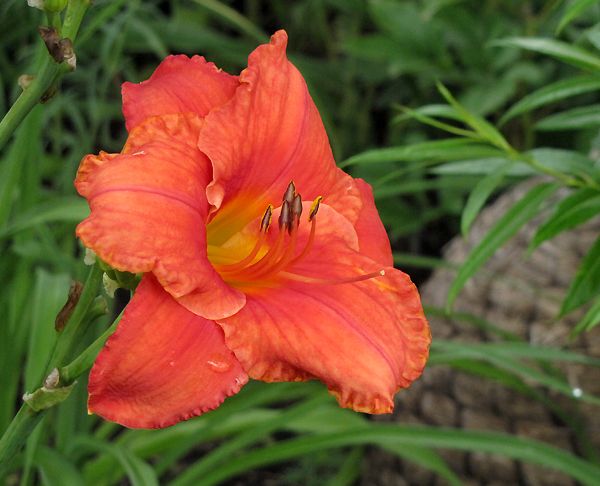
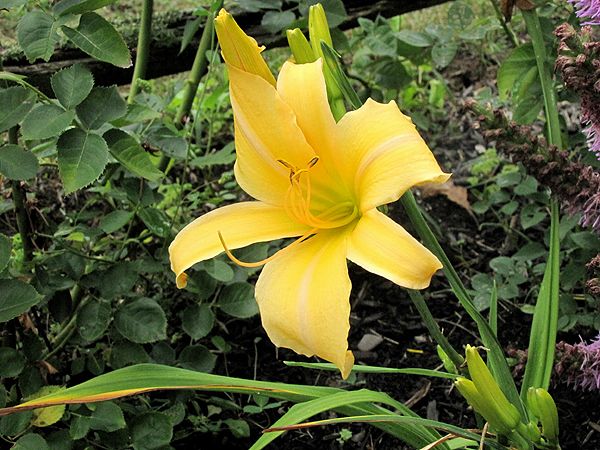
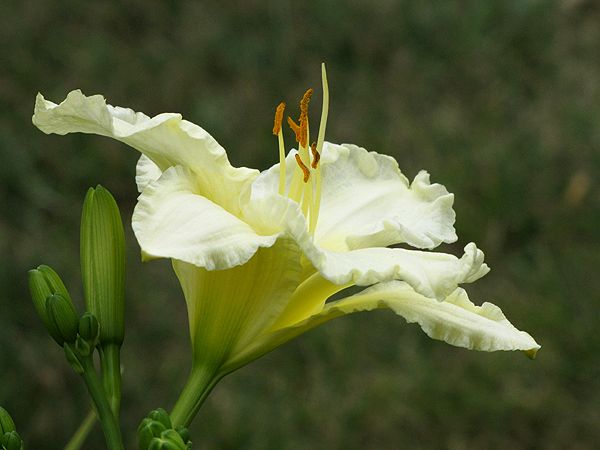


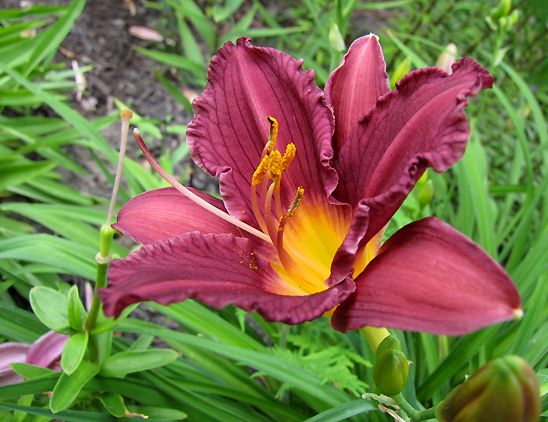
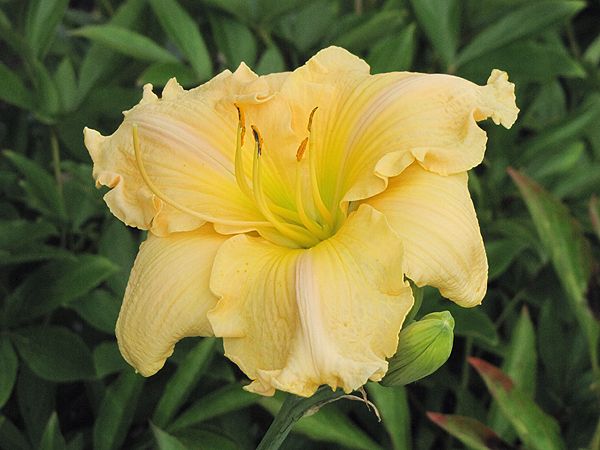
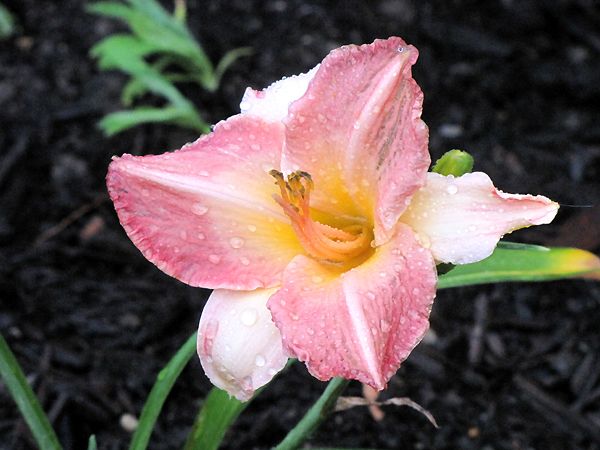

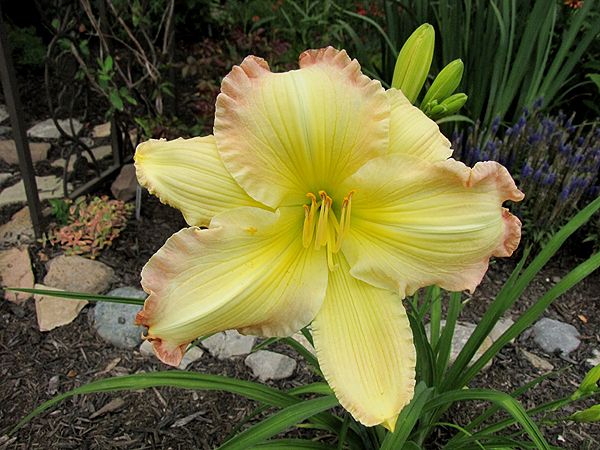
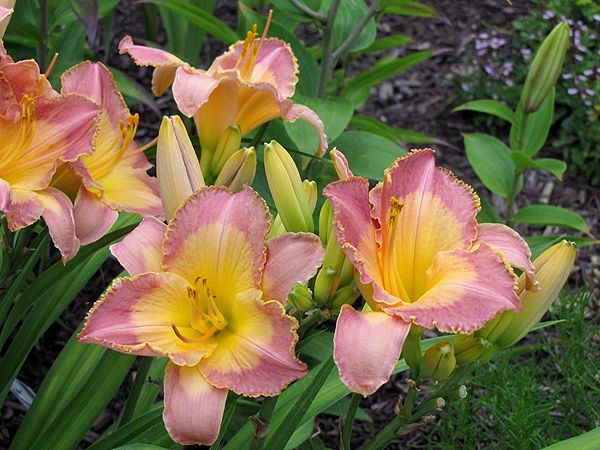
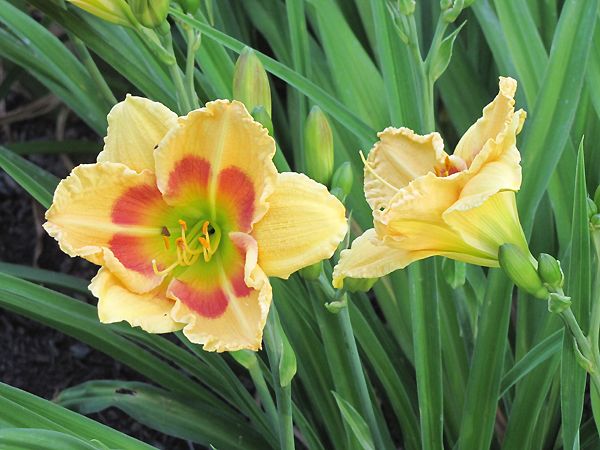

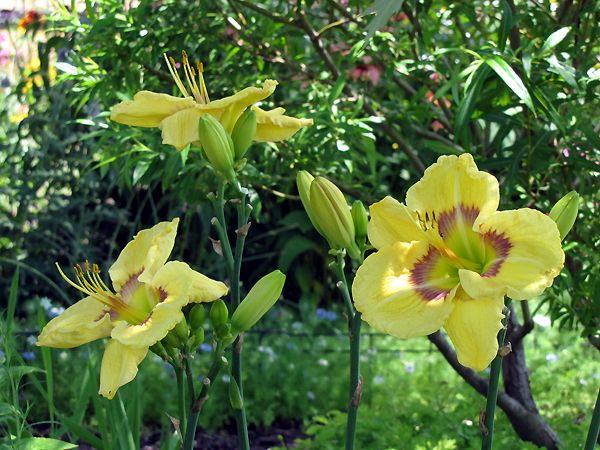


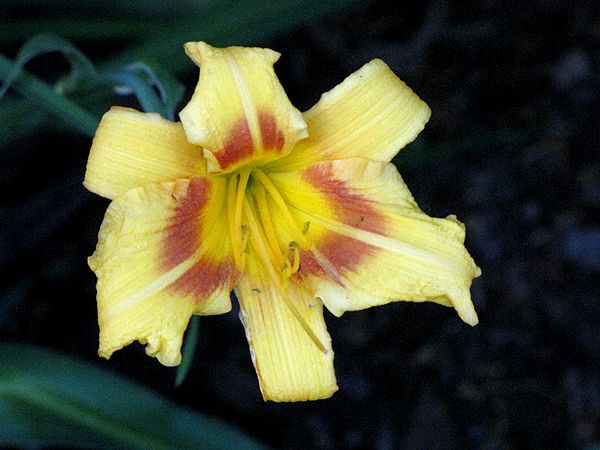
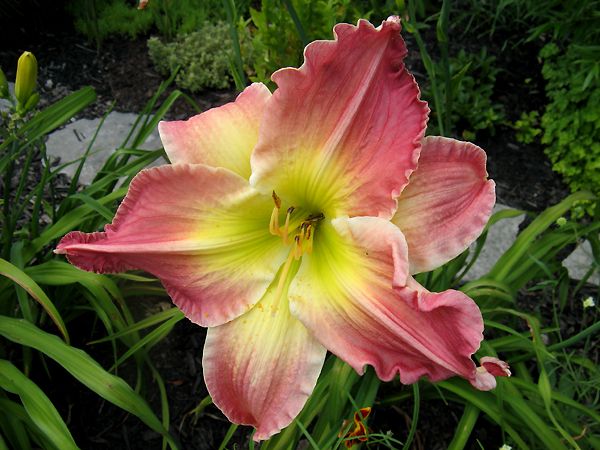
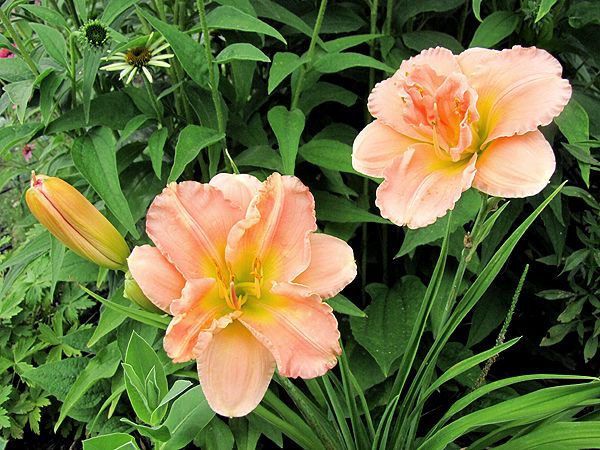
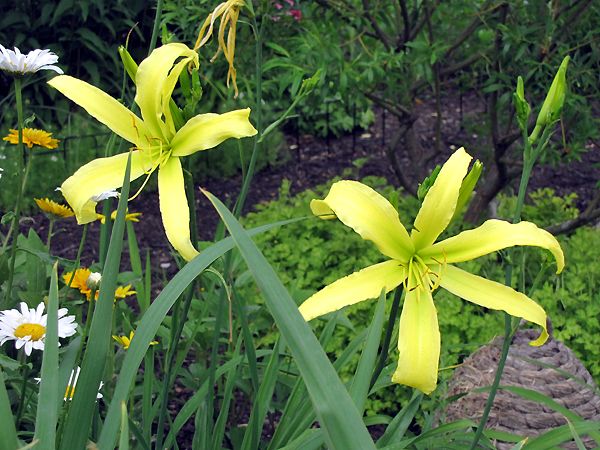
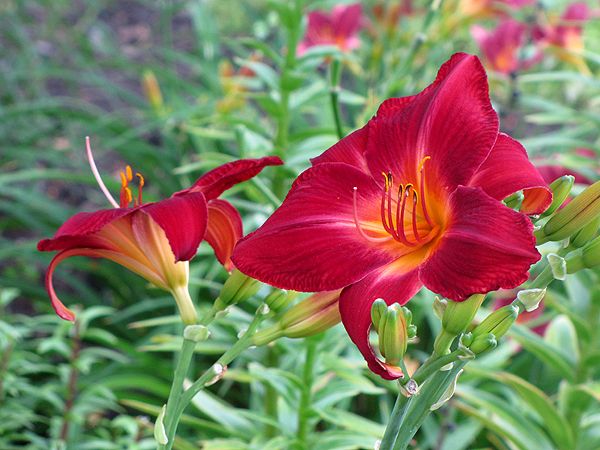
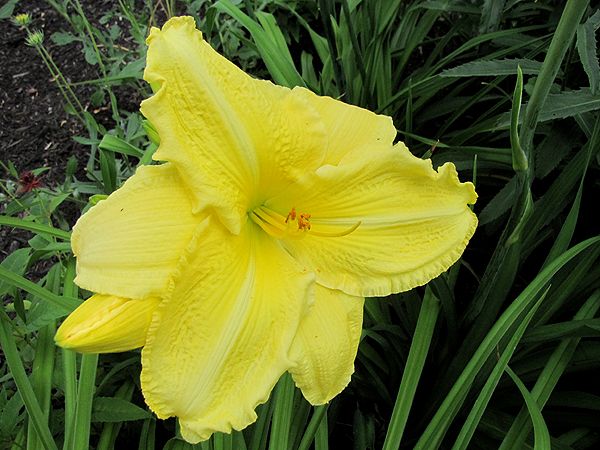
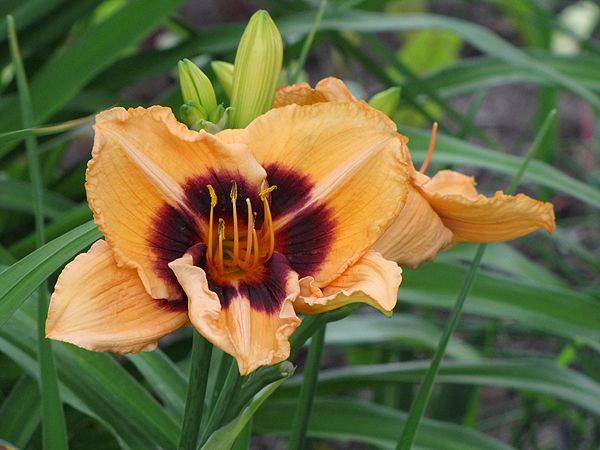
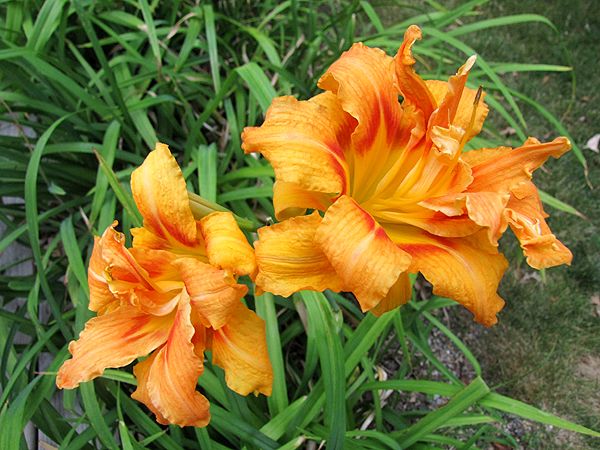




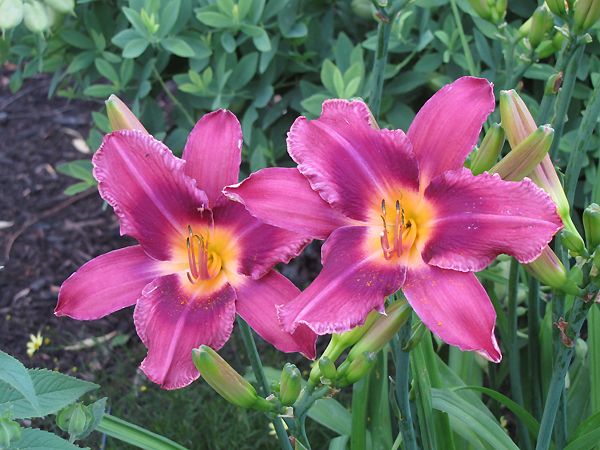














 "Bejeweled"
"Bejeweled"


